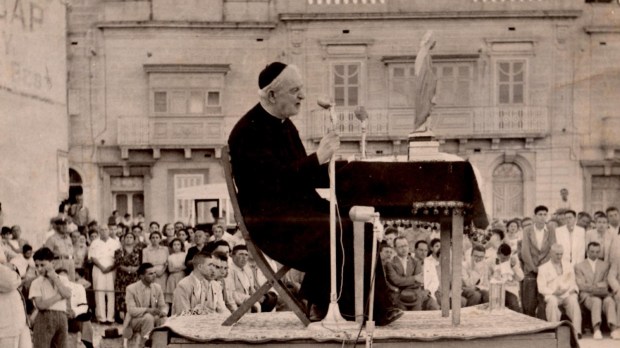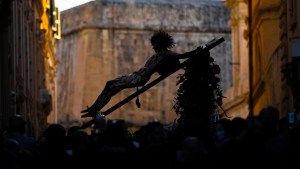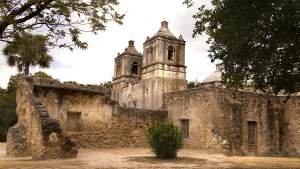Saint Ġorġ (George) Preca, affectionately known as Dun Ġorġ in his native Malta, was born in Valletta on February 12, 1880. Moving to Ħamrun in 1888, young Ġorġ’s encounter with his high school professor, Fr. Ercole Mompalao, set him on a path toward the priesthood.
Despite facing significant health challenges during his youth (including acute pulmonary tuberculosis), he survived and attributed his recovery to St. Joseph. Ordained in 1906, Dun Ġorġ later founded the Society of Christian Doctrine (SDC) based on a vision and a rule he wrote in Latin for Pope Pius X’s approval. His original vision was to have groups of seven permanent deacons in every parish responsible for the formation of the People of God. The project evolved and eventually the Society was set up with lay people. Today, there are groups of lay people responsible for catechesis and faith formation in different parishes.
His life centered around spreading the Good News in the Maltese islands, authoring numerous books on prayer, dogma, morals, and spirituality. But despite his vast knowledge and spiritual insight, Dun Ġorġ remained a humble, good-natured, and generous pastor. Pope Pius XII recognized his contributions by making him a Privy Chamberlain in 1952. He passed 10 years later, on July 26, 1962, leaving behind a legacy of dedicated service.
Devoted to Mary
Deeply devoted to the Blessed Virgin Mary, Dun Ġorġ enrolled as a Carmelite tertiary and composed numerous prayers to Mary. Passionate about the Holy Rosary, Dun Ġorġ encouraged daily recitation, asserting that “every day the Virgin Mary waits for us until midnight to recite the Rosary.” In 1957, he introduced the Mysteries of Light, focusing on the public ministry of Jesus, a concept echoed by Pope St. John Paul II in 2002.
Dun Ġorġ is buried in the Crypt of the Church of Our Lady of the Miraculous Medal in Ħamrun, which immediately became a pilgrimage destination. Indeed, a pilgrimage route that will be complete in the final months of 2024, weaves through the significant sites encompassing the ministry of St. Ġorġ Preca, inviting devout followers to trace his spiritual journey.
Beginning in Valletta, where he was born, the route extends to Il-Mall in Floriana, where he discovered his priestly calling, arriving in Ħamrun, the town central to his formative years. There, the road leads pilgrims to the Church of Our Lady of the Miraculous Medal, where Dun Ġorġ is laid to rest. This pilgrimage offers a poignant experience, allowing pilgrims to connect with the sacred spaces that shaped the life and mission of this revered Maltese saint, the “second father in faith” of the Maltese archipelago (as Saint John Paul II called him) – the first father in faith being St. Paul himself.
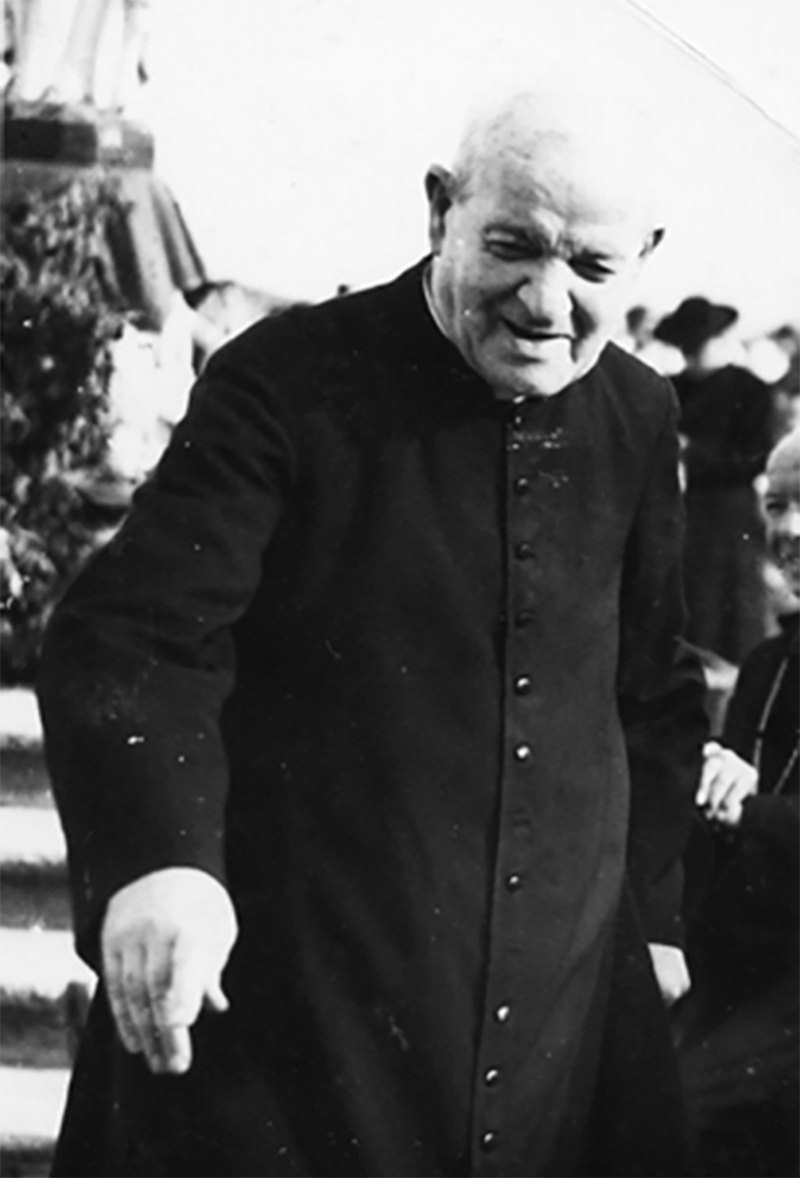
Some of the places that the pilgrimage route covers include:
West Street, Valletta
Situated on the western side of Valletta, West Street almost overlooks Marsamxett Harbour. In this street, a few yards away from the Carmelite Friary and the Anglican Cathedral of St Paul, in a house then numbered 53, George Preca was born on February 12, 1880, at 11.15 a.m., to Vincent, a sanitary inspector, and his wife Natalina Ceravolo. The Precas were a well-off middle-class family with nine children and George, named after his paternal grandfather, was the seventh child.
The Church of St. Dominic, Valletta
The church, built by the Dominicans and dedicated to Our Lady of Safe Haven (Porto Salvo), is a sumptuous baroque temple adorned with many works of art. The painting on the ceiling and some of the titular paintings are of the renowned Giuseppe Calì. Here one finds an altar and an artistic wooden statue of St. Vincent Ferrer, the ‘prophet’ of the SDC.
On February 17, 1880, in this parish church, the seventh child of the Preca Family was baptized by the vice parish-priest Vincent Cousin. The child was given the names George, Paul, Emmanuel, John, and Pius.
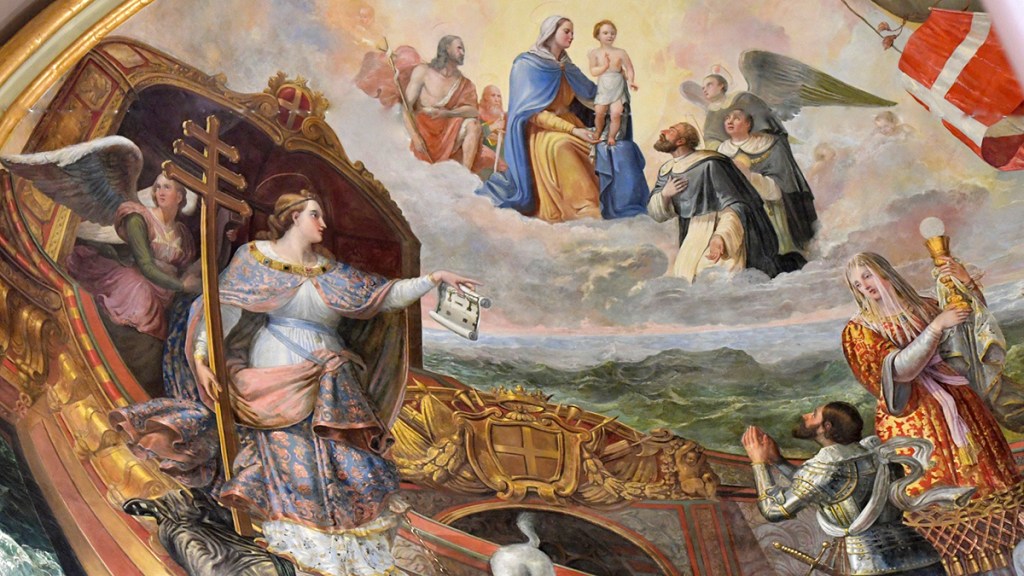
The Lyceum, Valletta
The Lyceum formed part of the Old University which, though formally instituted in 1769, owes its origins to the Jesuits and Bishop Gargallo (1578 – 1614). It is the oldest public secondary school in Malta and the cream of the Maltese intelligentia received its education here. George Preca was a Lyceum student from 1892 till 1896. During school breaks the young George used to go down to the wharf in the Grand Harbour to teach catechism to the Italian and Greek sailors.
St. John’s Co-Cathedral, Valletta
This majestic church was built by Grand Master La Cassiere as the Conventual Church of the Order in the new city. Today it enjoys the status of a Co-Cathedral. It is dedicated to St John the Baptist, the patron saint of the Knights. Its most alluring features are the exquisite pavement which displays several funerary slabs and the magnificent vault frescoes painted by the Calabrian painter Fra Mattia Preti. Here, Fr. Preca received his minor orders, his sub-diaconate (December 17, 1904), his diaconate (December 23, 1905) and finally Holy Orders (December 22, 1906) from the hands of Bishop Pace.
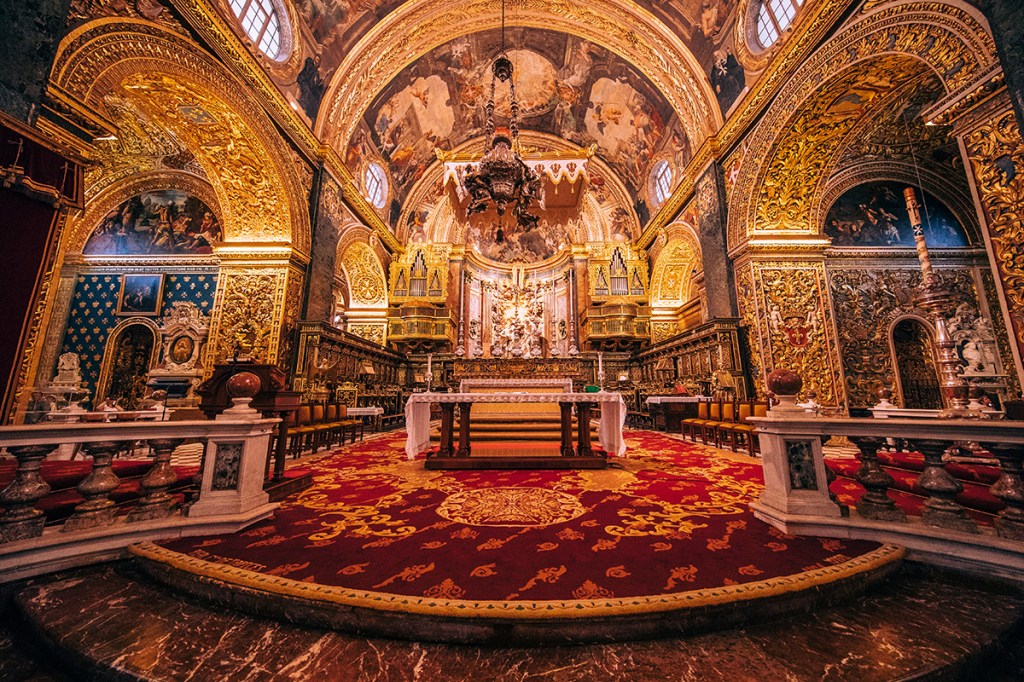
‘Il-Biskuttin’, Floriana
‘Il-Biskuttin’ is that spacious area between the Mall Gardens and the Tritons Fountain, just outside Valletta. Flanked on both sides by palm trees, “Il-Biskuttin” is dominated by the majestic monument of Christ the King, a masterpiece by Antonio Sciortino. In the vicinity, on December 17, 1904, having just received his sub-diaconate from the hands of Bishop Pace in St. John’s Co-Cathedral, Fr. Preca, traveling in a horse carriage with his father, heard a voice calling, “Today, I have betrothed you to the Church!”
The Seminary, Floriana
This huge imposing building, located on the western side of the suburb of Floriana, was built in 1751. At present it houses the Archbishop’s Curia but until a few years ago it served as the seminary of the Archdiocese. Here George Preca studied and trained for the priesthood. He became a seminarian in September 1898. He was an external student; this meant that every day, after lectures, he returned home in Ħamrun.
The Cathedral, Mdina
According to tradition, this cathedral is built on the site of the house of Publius, the prince of the island who welcomed St. Paul. The medieval cathedral was destroyed in the earthquake on 1693. The present one, a baroque masterpiece, was designed by the Maltese architect Lorenzo Gafà. A nearby palace, previously a Seminary, is now the Cathedral Museum. In 1914, Fr. Preca brought the Centres’ Superiors to this Cathedral and together made the Vow of Meekness before the miraculous Crucifix.
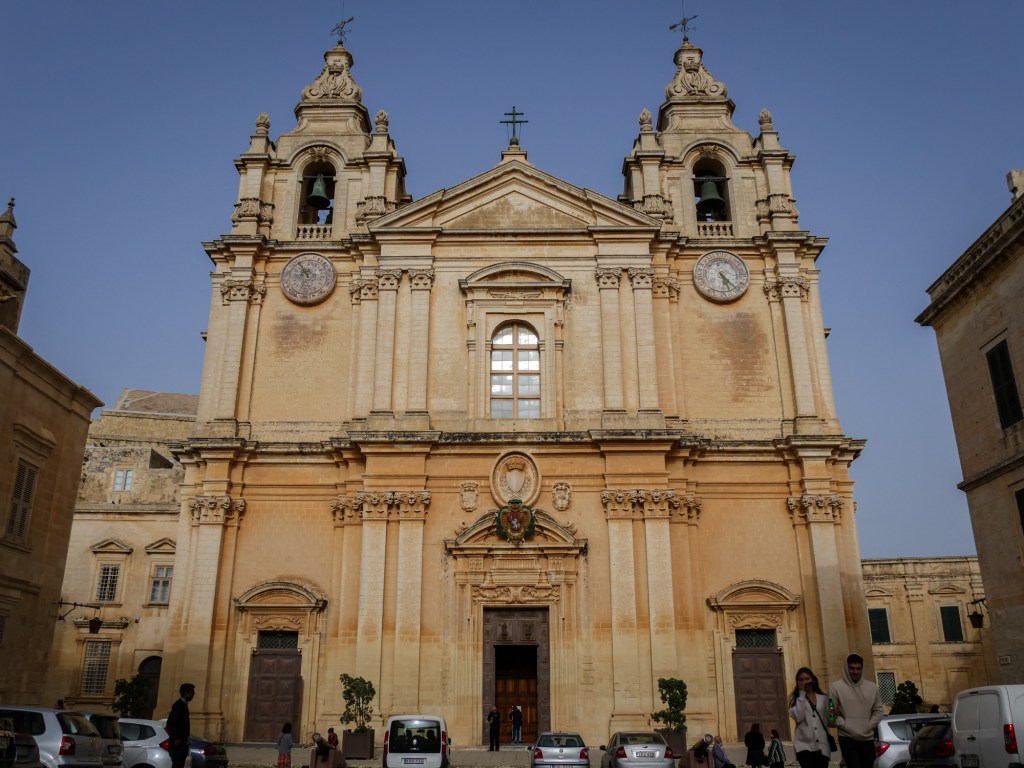
683, St Joseph High Street, Ħamrun
The Precas moved house again towards 1916. They just crossed the street to a house almost opposite the parish church of St. Cajetan. Here Fr. Preca spent the rest of his life except for his last year which he spent at Santa Venera. Here he received those who sought him for counsel and his consoling words. In the midst of a hectic traffic route, Fr Preca managed to find his ‘desert’ where he prayed, wrote profusely and lived in evangelical poverty. Today the original residence is no more. Only a marble plaque testifies where it once stood.
“Tas-Samra” Church, Ħamrun
Tas-Samra hill is the highest point in the Ħamrun area, often associated with the French blockade. The hill and the church took their name from the image of the dark-complexioned Madonna which a Maltese merchant had brought for his wife from Spain. This image quickly generated great devotion among the locals, to such an extent that his church, dedicated to Our Lady, was eventually built. Fr Preca visited this church frequently and used to deliver a homily on the 15th day of each month. He initiated the devotion honoring the Assumption among the people of Ħamrun – a devotion which persisted well after his death.
The Remains of Fr. Preca, Blata l-Bajda
In the Chapel of Our Lady of the Miraculous Medal, a flight of stairs behind the altar takes you to a wax image of Fr. Preca, the most prominent and influential apostle of 20th-century Malta. With his arms bent on his chest, with one hand opening three fingers and the other hand showing just one, the Founder is shown preaching silently on the Holy Trinity. Underneath the wax image, behind the slabs of yellowish marble, lays the body of Fr. Preca. It was exhumed on 7 July 7, 2000, and was brought to this place of worship on April 21, 2001, from the crypt where it was buried.
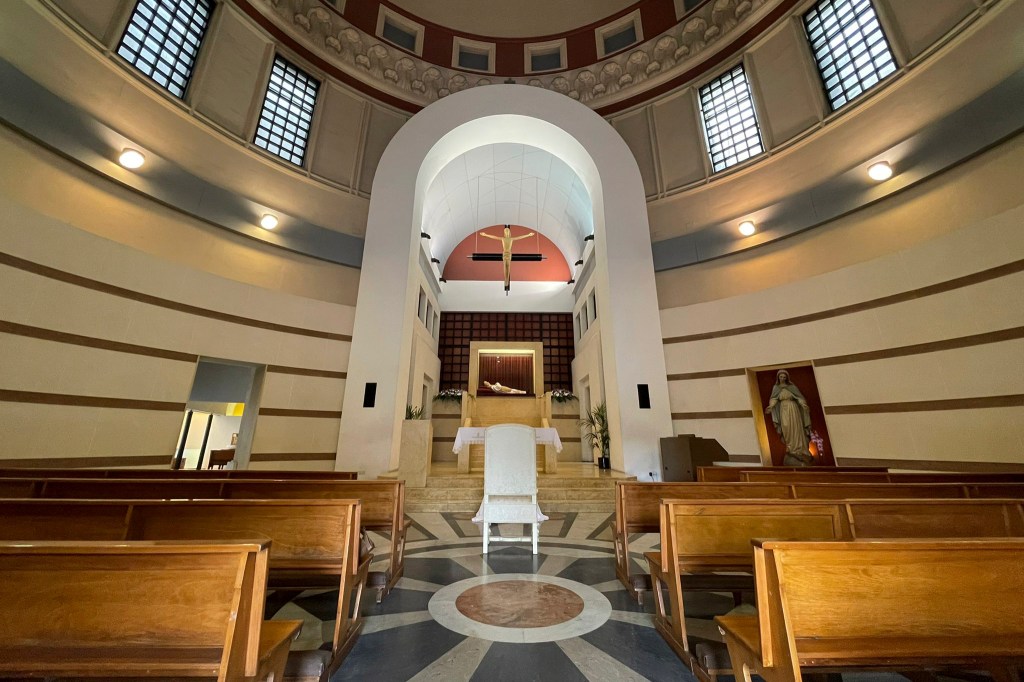
Interested in a pilgrimage?
XirCammini helps individuals or groups walk the Caminos. Contact us on information@XirCammini.org or via WhatsApp on +35679046942. We are a not-for-profit organization dedicated to historical and faith-related walks in Malta and Europe – registered as a Voluntary Organization (VO1646) with the Office of the Commissioner for Voluntary Organizations, Malta.
This content has been brought to you in partnership with the Malta Tourism Authority.
